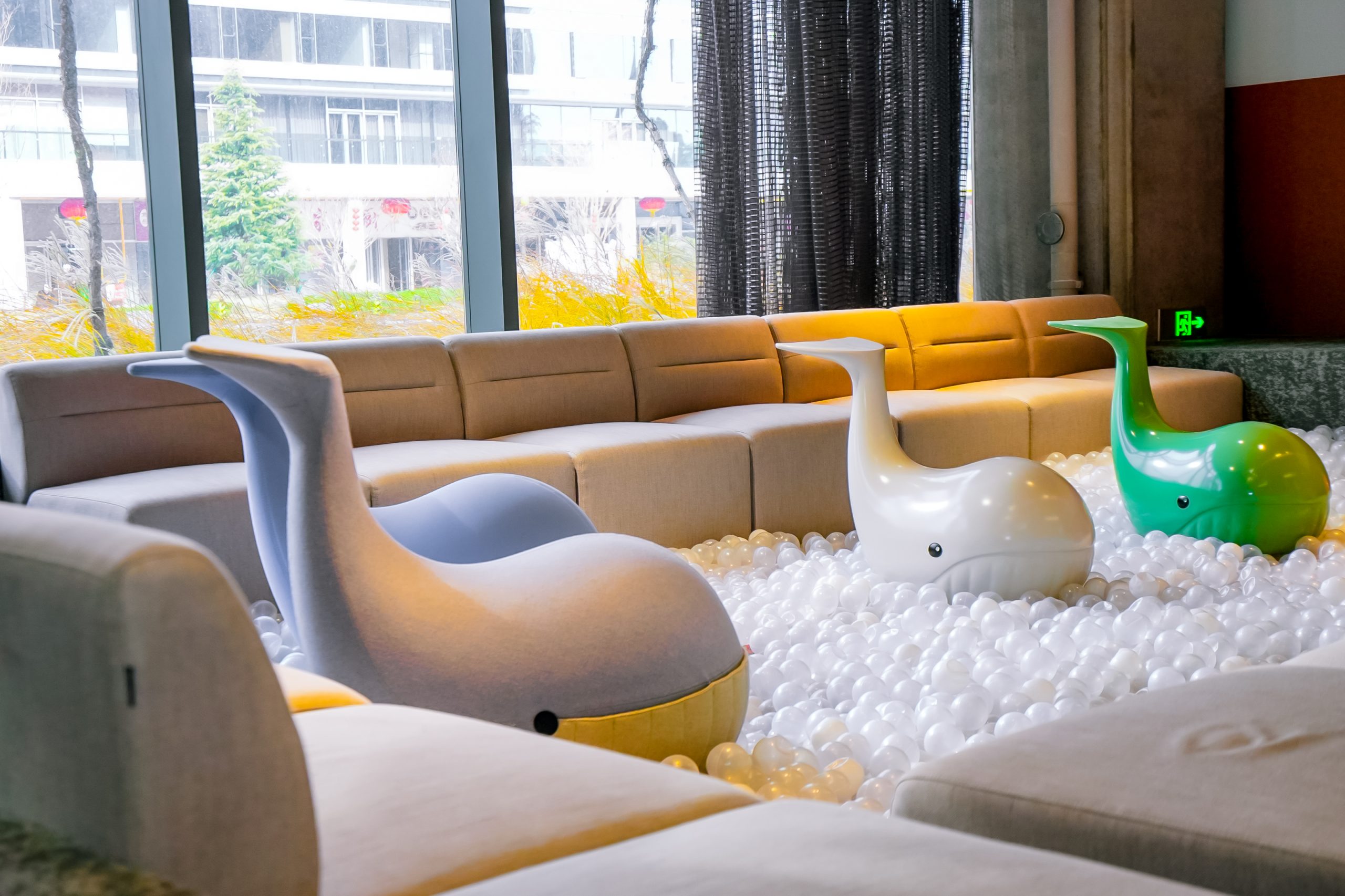-
As businesses navigate a rapidly evolving work landscape, one truth has become increasingly clear: the traditional office is no longer just a place to work. It must now be a dynamic hub that balances digital efficiency with human connection, fostering both productivity and wellbeing. Employees and employers alike are recognizing that while technology has made work more flexible, it has also created new challenges—primarily around social engagement, mental health, and workplace culture. Moving forward, office design will need to address these concerns to create sustainable and effective work environments.
-
From Physical Presence to Digital Dominance
The modern future workspace is no longer defined by physical boundaries. As digital interactions now outnumber face-to-face communication, offices have transformed into hybrid ecosystems that blend flexibility with connectivity.
The rise of the digital workplace has enabled employees to collaborate from anywhere—through video meetings, cloud platforms, and AI-powered tools. Yet, this digital evolution comes with a challenge: maintaining human connection.
Employers are now rethinking how office environments can bring people together again—spaces that spark creativity and collaboration, while still supporting the convenience of remote work. The key lies in creating a smart office that seamlessly integrates digital tools with human-centered design.
-
Wellbeing Takes Center Stage
As work becomes increasingly virtual, mental and physical well-being have emerged as top priorities. The future workspace must promote balance—between online and offline, focus and relaxation, technology and nature.
Organizations are investing in wellness-driven environments featuring ergonomic furniture, biophilic elements, and flexible layouts. These features transform a digital workplace from a purely functional space into one that supports happiness, engagement, and long-term productivity.
-
Key Trends Defining the Smart Office
1. Hybrid-Friendly Designs–
Offices are evolving into collaboration hubs rather than fixed workstations. Spaces must be flexible, with modular furniture and adaptable layouts that cater to both in-person and remote employees.2. Technology-Integrated Workspaces–
Smart offices with AI-driven tools, seamless video conferencing setups, and digital collaboration platforms are becoming essential to bridge the gap between physical and remote work.
3. Biophilic and Sustainable Design–
Bringing nature indoors through biophilic design—integrating plants, natural materials, and eco-friendly solutions—not only reduces stress but also aligns with sustainability goals. Employees and employers alike are demanding greener office solutions.
4. Focus on Social Connection–
While digital tools keep teams connected virtually, companies are investing in physical spaces that promote casual interactions—coffee lounges, communal seating, and breakout zones designed to foster creativity and collaboration.
5. Employee-Centric Wellness Programs–
Beyond ergonomic furniture, wellness-focused office design includes meditation areas, fitness zones, and quiet pods that help employees recharge during the workday.
-
The Road Ahead
The future of workspaces isn’t about choosing between digital and physical—it’s about integrating both in a way that supports employee engagement, innovation, and well-being. Companies that invest in “people-first office design” will build environments where employees don’t just work but thrive.
As we move forward, one thing is certain: the best offices will not be the ones with the most desks, but the ones with the most purpose.
-
Products
 Desks + Workstations
Desks + Workstations StoragePanel + Space Division
StoragePanel + Space Division Accessories
Accessories - Space
- Inspiration
- Sustainability
- Resource
- About Us
-
Products
 Desks + Workstations
Desks + Workstations StoragePanel + Space Division
StoragePanel + Space Division Accessories
Accessories - Space
- Inspiration
- Sustainability
- Resource
- About Us
- Showrooms
- Dealer Login
- Contact














